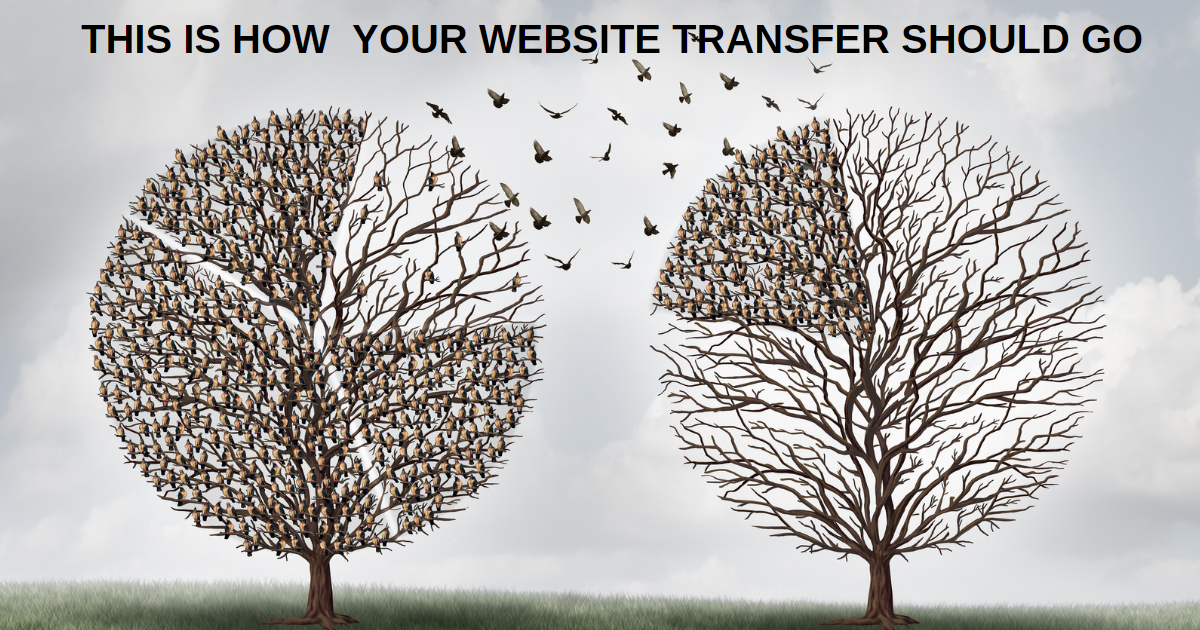
Website Migration Made Easy: A Guide to Safely Transferring Your Site to a New Platform or Domain
Website migration and transfer refers to the process of moving a website from one hosting platform or domain to another. This can be a complex and time-consuming process, but it is often necessary for a variety of reasons, including security upgrades, increased traffic, changes in business goals, and the need for more advanced features.
When planning a website migration, it’s essential to consider the potential impact on your website’s traffic, functionality, and search engine ranking. Before you begin the process, make sure to backup your website and all of its content, including images, videos, and databases. It’s also a good idea to test your website on the new platform or domain to ensure that it is working properly and that all links and images are functioning correctly.
One of the most important steps in the migration process is updating your domain name system (DNS) settings. This is what connects your website’s domain name to its hosting platform, and it must be updated correctly to ensure that your website continues to function properly after the migration. You can work with your domain registrar or hosting provider to make sure that this step is done correctly.
It’s also important to monitor your website’s traffic and search engine rankings after the migration. This will help you identify any issues that may arise and make adjustments as needed. Additionally, it’s a good idea to use tools such as Google Analytics and Google Search Console to track your website’s traffic and ranking, as these can provide valuable insights into how your website is performing after the migration.
In conclusion, website migration and transfer can be a complex and time-consuming process, but it is often necessary for the continued growth and success of a business. By taking the time to plan, backup, and test your website, updating your DNS settings, and monitoring traffic and search engine rankings, you can ensure that the migration process is smooth and successful, and that your website continues to function effectively after the transfer.





